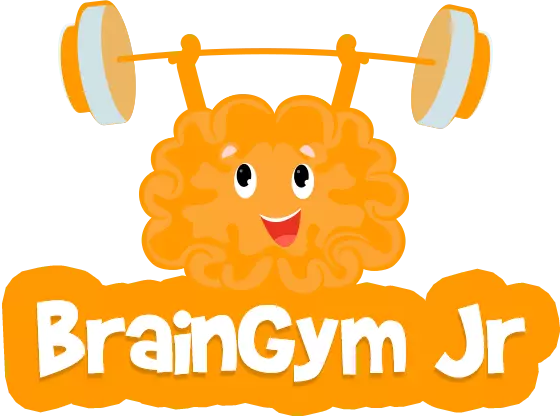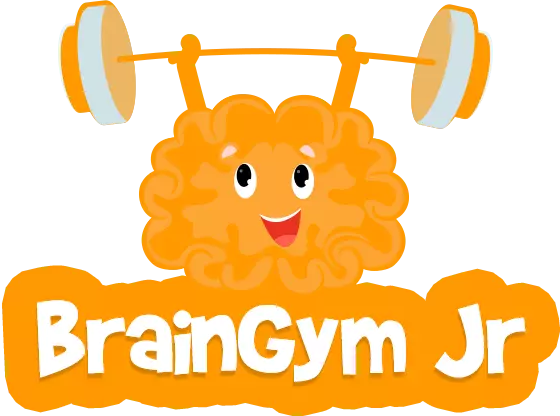4 Ways to Use Positive Reinforcement for Brain Development
“Sheila, you got 4 stars in Math today” or “Bobby, you won a silver medal in swimming”
Sheila and Bobby glow with happiness & pride, Sheila is motivated to earn the 5th star and Bobby will aim for the gold medal soon!
Everyone loves a little appreciation. Feeling genuinely appreciated lifts people up and motivates them to do better. Appreciation is a form of positive reinforcement.
In Operant Conditioning, positive reinforcement includes the use of a stimulus following an expected behavior that enhances the chances for the behavior to be repeated in the future. When your child shares a funny story from school and you laugh, your child will probably repeat that story over again.
The reason why positive reinforcement works has also been proven from a scientific viewpoint. There are billions of neurons in our brain, that transmit information through electrical and chemical signals. The communication between these neurons creates neural pathways. These pathways become stronger in the brain when we use them again and again. This is the way humans form habits. The Mesolimbic System often referred to as the ‘reward pathway’, is connected to the areas of the brain that control behavior and memory. The brain is flooded with dopamine when this reward pathway is activated.
Positive reinforcement makes people feel good. This causes the brain to release dopamine and triggers the reward pathway and the neural pathway together. When both pathways are triggered simultaneously, it strengthens them even more.
Positive reinforcements not only help us build a system of appreciation; but can also be used effectively for brain development in children.
In relation to Brain Development, also read: Can we teach children how to think?
Here are 4 easy ways to use positive reinforcement for cognitive development:
Encourage Brain Games
Give your children access to brain games and puzzles. Solving puzzles increases production of dopamine in the brain. Dopamine is released each time we put a puzzle piece in the right place or get an answer right. It is also known to affect learning, memory, concentration, and motivation.
BrainGymJr Offers customized puzzles in 16 different formats to build a strong base for Maths, English & Real-World concepts. Start Practicing Here!
Recognize Effort, Progress and Success
The path to success is often long & tedious. In order to master any subject, sport or creative talent; one needs to stay committed to it. In order to ensure that your child remains interested and regularly practices; you should develop a system of rewards across milestones in the process. If children win Badges or Certificates for trying, progressing and succeeding; this not only cements the learning, but creates an extremely positive learning experience. This will help children aim higher and not give up!
BrainGymJr has a built-in reward system where children earn certificates on completing milestones and unlock badges on completing various tasks. The points collected from learning can also be redeemed for exclusive discounts on rewards from the BrainGymJr Shop!
Link Cognitive Development to Free Choice
Small habits such as practicing crossword puzzles regularly can improve your ability to focus on a desired task and improve your working memory. Also, playing games like Scrabble is also a fun way to spend time together as a family while sharpening your cognitive skills. Link these puzzles or games to tasks, where the winner can choose the chores, he would like to do for the week. The fact that being SMART unlocks the ability to make a choice, will leave a strong positive correlation to using your brain!
Tangible Rewards for a Positive Action
You can tailor a positive cognitive action to result in a desirable tangible outcome of choice. For example, reading regularly stimulates optimal patterns of brain development in children and helps build strong pathways in the brain. In a world where reading competes with screen time, you can find an optimal outcome. To encourage children to read more, you can link their gaming time or screen time to every book they read or hours given to reading!
Reinforcements for cognitive development work best when positive. A child should not ever feel slighted or fearful while learning. Which is why it is important to tailor a system of reward and recognition across the whole process of learning; sometimes very subtly. We need to encourage the ability to fail and restart, take initiative, make progress and choose to succeed. However, remember that positive reinforcement works best if it occurs immediately after the behavior. Do not wait for a long time to reward good behavior!
“Brains, like hearts, go where they are appreciated.”
–Robert McNamara





